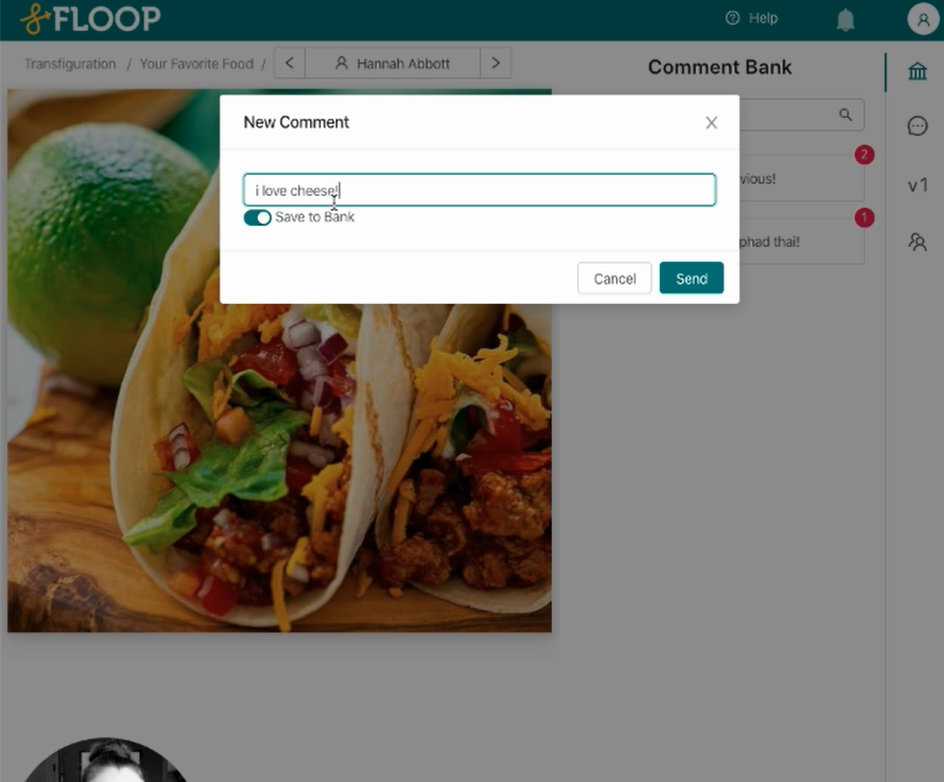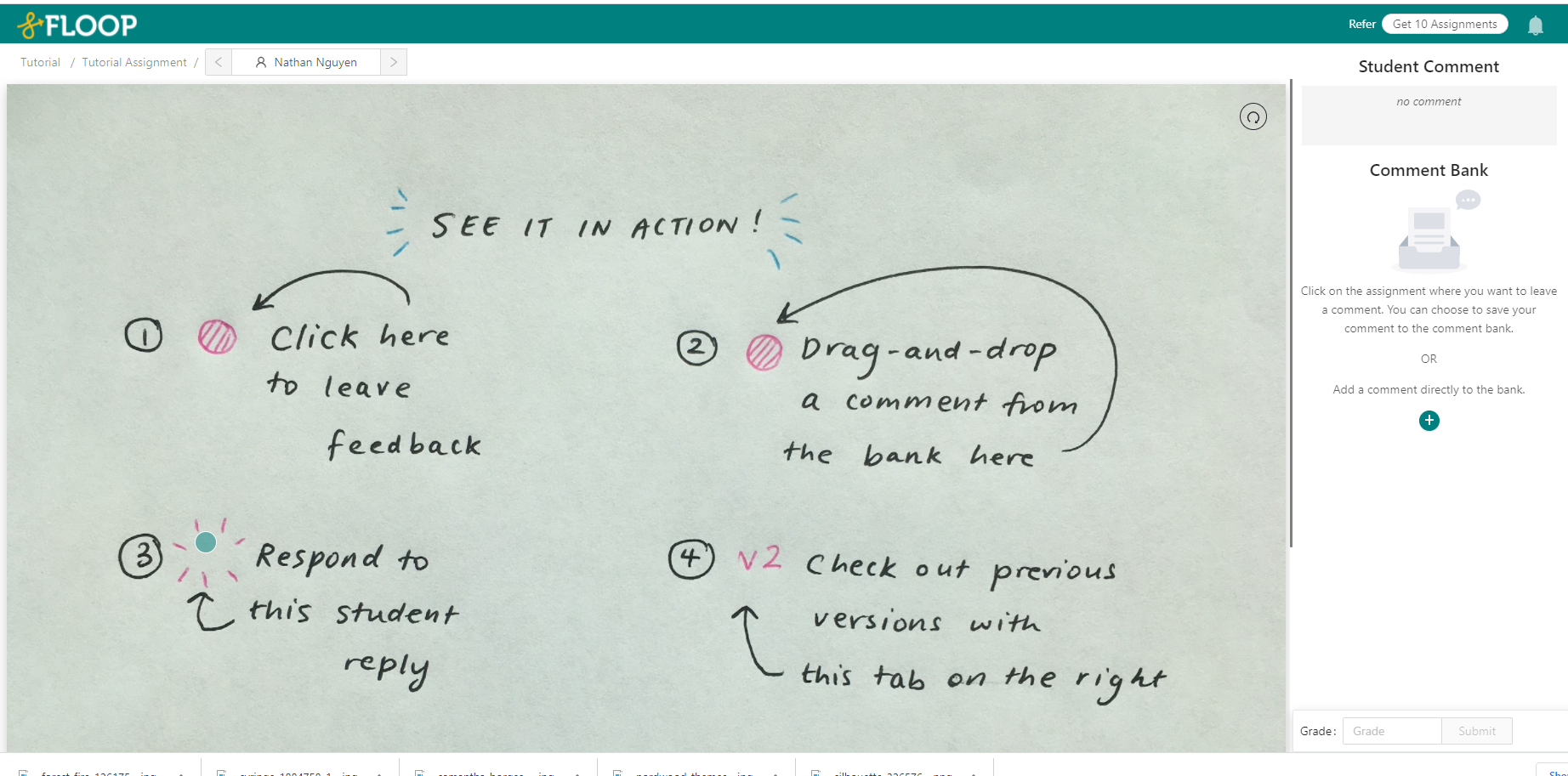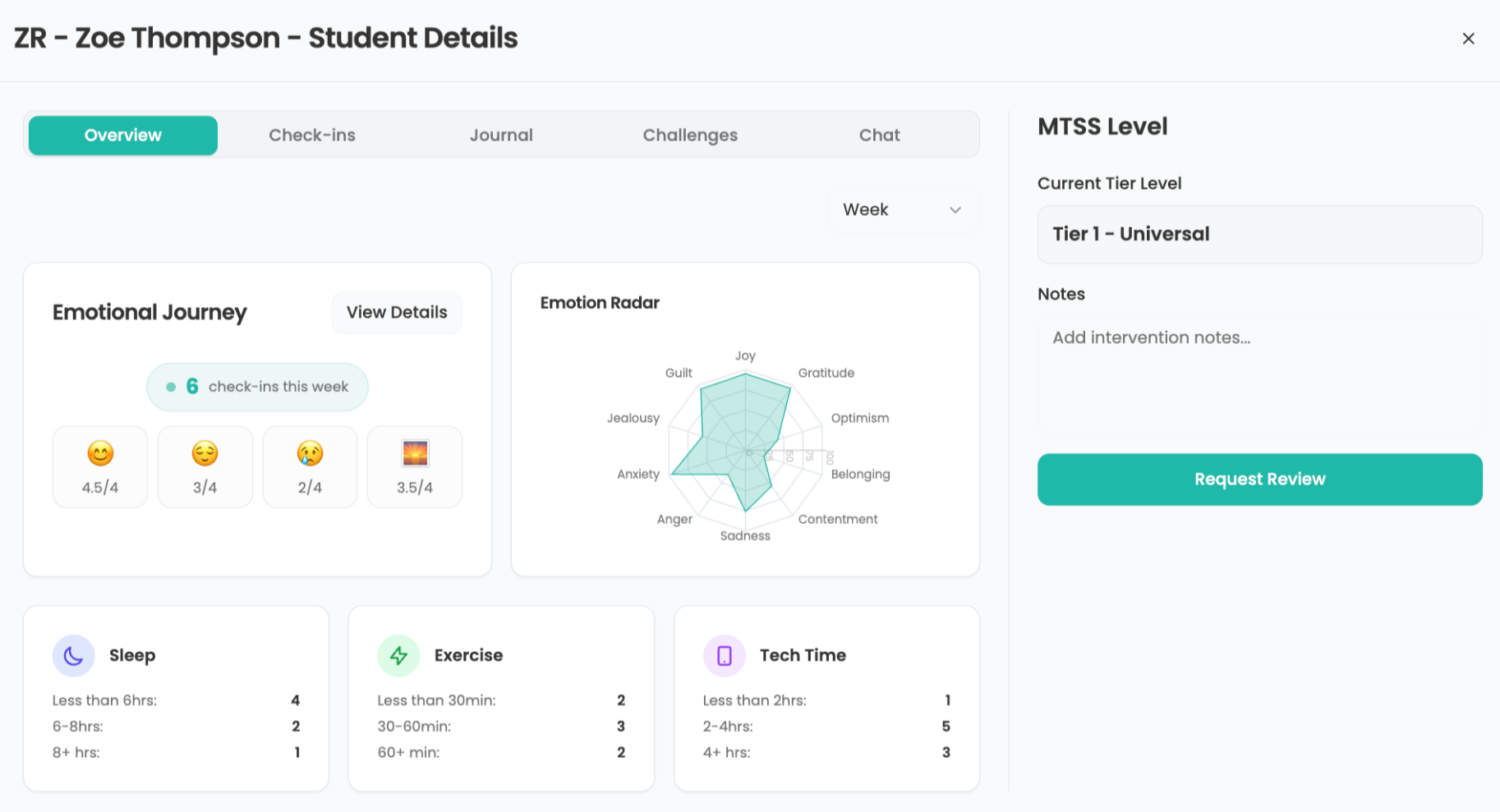What is Floop and How Does it Work? Best Tips and Tricks
Floop is a free edtech tool designed to help teachers give their students instant and individualized feedback.

Floop is a powerful and free teaching tool that is designed to help optimize teacher feedback to students.
The tool is built around the idea that feedback is the No. 1 driver of student success, and all its features are designed to allow teachers to tighten their feedback loop with students.
A free tool, Floop works well for in-person, remote, and hybrid learning environments, and is designed to strengthen communication between teachers and students, before, during, and after class.
Read on to find out everything you need to know about Floop.
What Is Floop and How Does it Work?
Floop helps teachers provide meaningful feedback efficiently by allowing students to photograph written homework. The teacher can then comment on this homework directly, as with Google Docs, but with this tool, it extends to all work a student completes in class whether written, typed, or a combination of both. Thanks to the fluid nature of the communication between teachers and students facilitated by Floop, students can submit work either when they complete it or when they get stuck and need to know the next steps.
To use Floop, students need to create an account using a teacher-provided class code. They’ll then see their assignments listed, be able to take photos of their homework, and upload their work in accordance with their teacher’s instructions. Teachers can also add students manually or sync their Floop classes with the Schoology LMS. The app works with any browser, so it can be used with a phone, table, or other device.
Floop also has tools to help teachers respond to students more efficiently. Since students frequently make similar mistakes, teachers often find themselves typing or writing the same comment multiple times. Floop helps avoid this by saving previous comments, allowing teachers to drag and drop comments when appropriate, saving them time in the process.
Tools and ideas to transform education. Sign up below.

Who Created Floop?
Floop was co-founded by Melanie Kong, a high school STEM teacher. “Feedback is the No. 1 driver of student learning outcomes. As a high school teacher, I know this from research and experience,” she says in a video discussing Floop. “However, I have 150 students. Every day I was taking home a huge stack of papers, it was impossible for me to give my students the feedback they needed when they needed it. And when my students received feedback, they didn't know how to use it, they would take one look and toss it into the recycling. So we created Floop.”
She adds, “Floop helps teachers give meaningful feedback, four times faster. And even better, it teaches students to actively engage with their feedback.”
How Much Does Floop Cost?
Floop Basic is free, and allows only 10 active assignments. You can create an account by visiting Floop and selecting the “sign up - for free tab” in the upper righthand corner of the homepage. You will then be taken to a screen asking you to identify as either a student or teacher. After selecting, you’ll be asked for your institutional email to create a profile that includes your name as well as where and what grade level you teach. Then you can create and organize assignments by class.
The premium version, at $10 per month or $84 annually, allows for unlimited assignments. Schools and districts can also request quotes on group rates.
Floop: Best Tips and Tricks
Conduct Anonymous Peer Reviews
Floop can host peer review sessions between students that are fully anonymous. This feature allows students to learn from one another while giving the teacher the ability to track the process live and step in to help when necessary.
Use The Same Feedback with Multiple Students
To save time, Floop saves teacher responses so they can quickly create a bank of usable responses to common problems students might have with their work. This helps teachers by saving time and allowing them to focus on providing in-depth feedback to more complicated problems.
Let Students Assess Themselves
Floop also has a feature that allows students to assess themselves. This gives them agency over their own learning. It also encourages them to improve their work to meet their own expectations and to take the reins of their own education.
Erik Ofgang is a Tech & Learning contributor. A journalist, author and educator, his work has appeared in The New York Times, the Washington Post, the Smithsonian, The Atlantic, and Associated Press. He currently teaches at Western Connecticut State University’s MFA program. While a staff writer at Connecticut Magazine he won a Society of Professional Journalism Award for his education reporting. He is interested in how humans learn and how technology can make that more effective.

